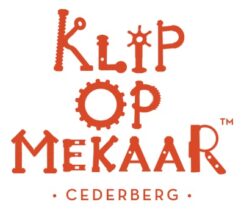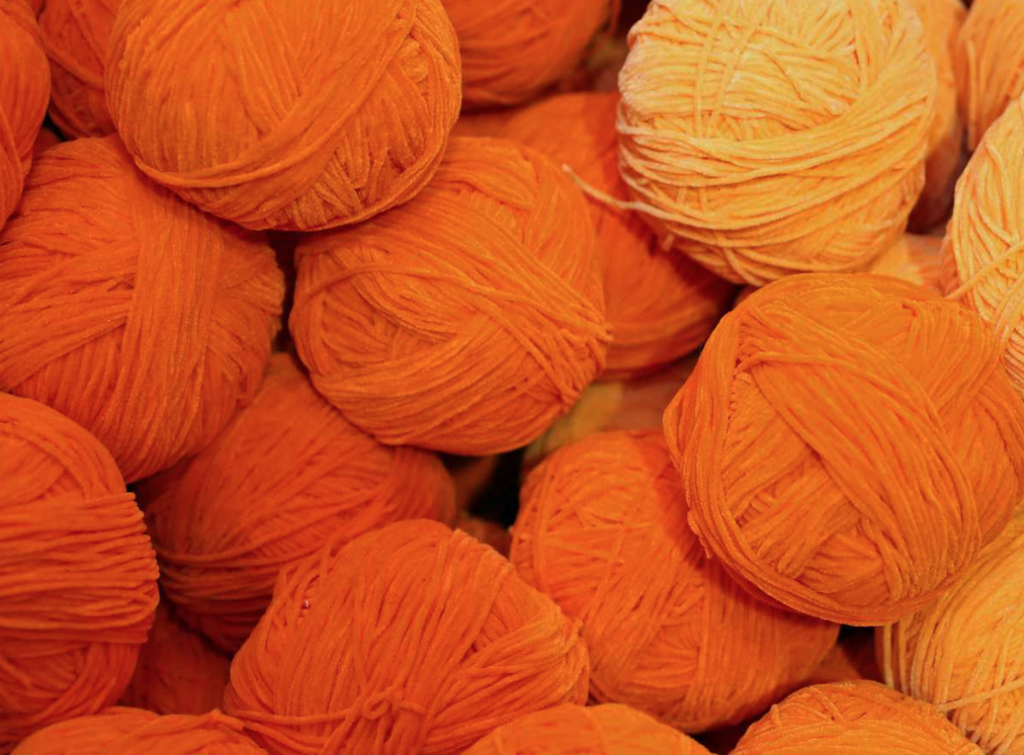In a quest to manufacture clothing in a more ethical and sustainable way, the world’s top fashion, sport and outdoor brands are starting to use natural dye sources like mushrooms, lichen, algae, plants and even herbal tisanes. Rooibos too, with its distinctive orange and amber shades, is increasingly being looked at as a natural dye.
Many international brands have included Rooibos colours and dyes as part of this season’s favourite look.
Adele du Toit, spokesperson for the SA Rooibos Council (SARC), says it’s amazing to see how Rooibos is being used to dye everything from shawls, scarves, T-shirts, hoodies, dresses and trousers.
“Colouring garments using non-toxic, biodegradable and eco-friendly natural dyes like Rooibos could significantly reduce the textile industry’s carbon footprint.”
She says the fast fashion trend of rapidly producing inexpensive clothing by mass retailers in response to the latest fad, is bad for the earth.
“It dries up water sources, pollutes rivers and streams and is responsible for nearly 10% of global carbon emissions – more than all international and maritime shipping combined. One of the three main drivers of pollution is dyeing and finishing, which amounts to 36% of the industry’s global pollution impact.”
Natural dyes used to be the norm before scientists discovered they could produce dye pigments in a laboratory in the mid-19th century. The practise immediately took off since synthetically dyeing clothes stood up to washing, were quicker to make and could be easily transferred to fibres. Consequently, the art of creating dyes from plants became somewhat lost.
Although natural dyes are more expensive than artificial ones, they are better for the environment and our health.
Rooibos has become a popular natural dye for wool, cotton and yarn. It even has its own Pantone colour code – a standardised colour matching system used worldwide to help printers and designers specify and control colours for printing.
Global brands, like ASICS sportswear, launched its Rooibos-dyed ASICS Gel Lyte III sneaker this April as part of its new colourway range. It’s made from recycled textiles and dyed panels from leftover tea, retailing for a cool $140 USD.
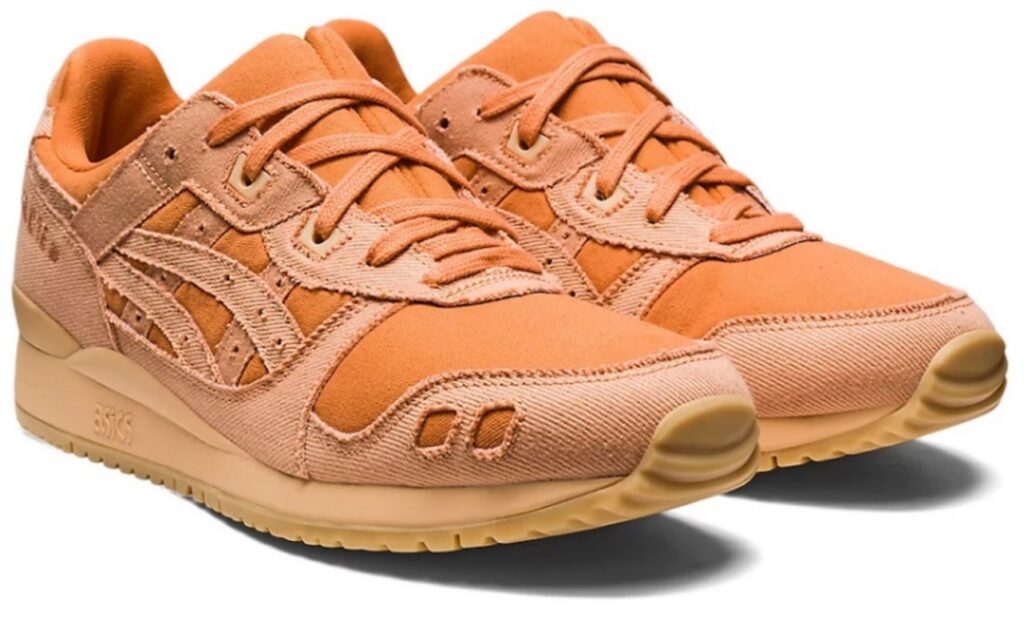
Iconic surf and action lifestyle brand, Quiksilver, also launched a Rooibos coloured insulator jacket, while rival surf and sports label, O’Neill, rolled out its utility snow jacket in Rooibos Red.
Quiksilver’s Rooibos tea insulator jacket (below left) flew off the shelves, with O’Neill’s Rooibos Red utility snow jacket (below right) proving to be equally popular among shoppers.
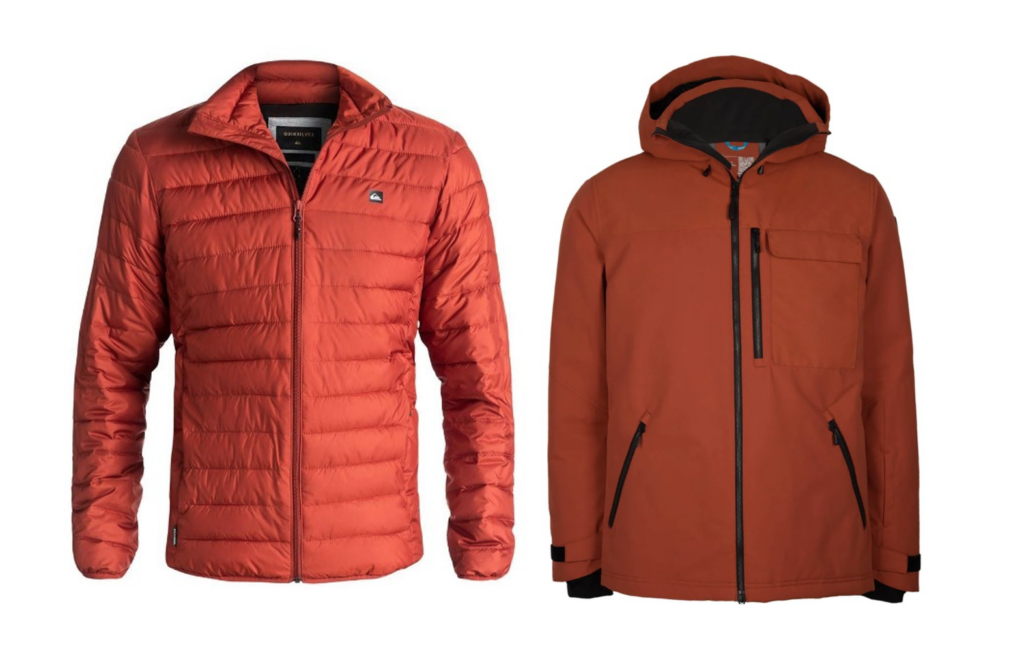
Joseph, a contemporary British designer brand that has been around since 1966 has also embraced Rooibos as a natural dye. Its “Rooibos Tea” range features stylish knits, boots, scarfs, dresses, blouses, sandals, leggings, trousers in deep amber colours.
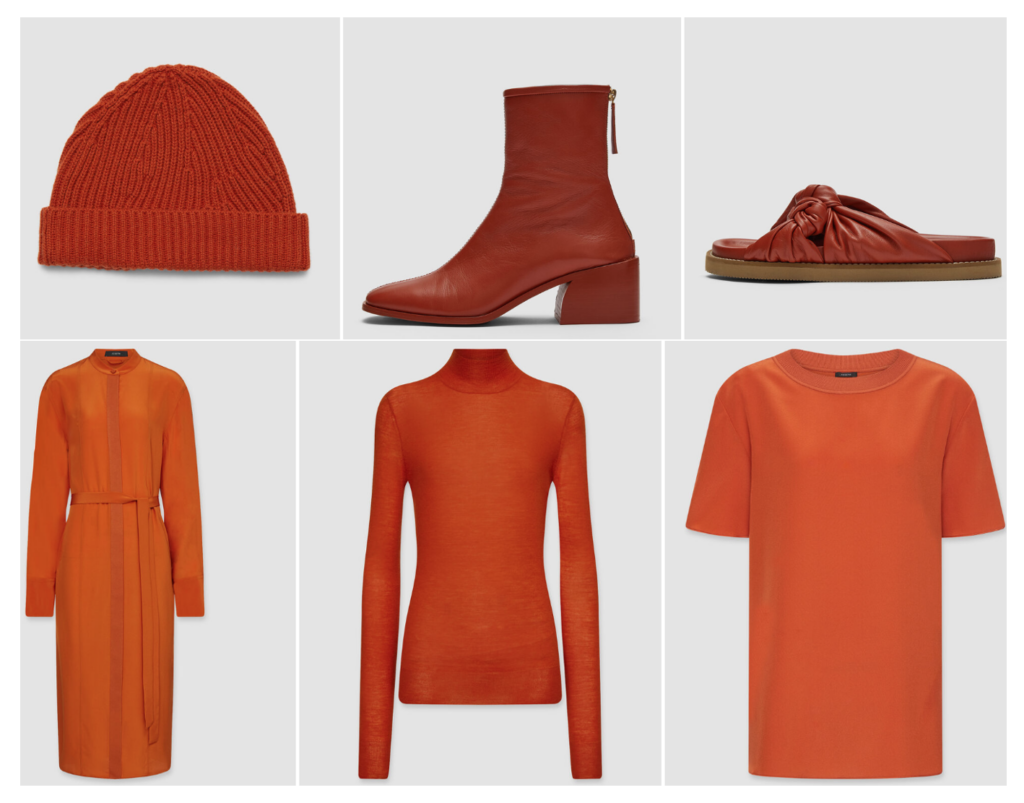
Demonstrating the further popularity of Rooibos as a dye, and as part of Pangaia‘s ongoing efforts to develop sustainable dye solutions, its new Capsule Collection has been expertly dyed using food waste, with a focus on ingredients like Matcha, Rooibos and Blueberry. Above features a tracksuit dyed in Rooibos.
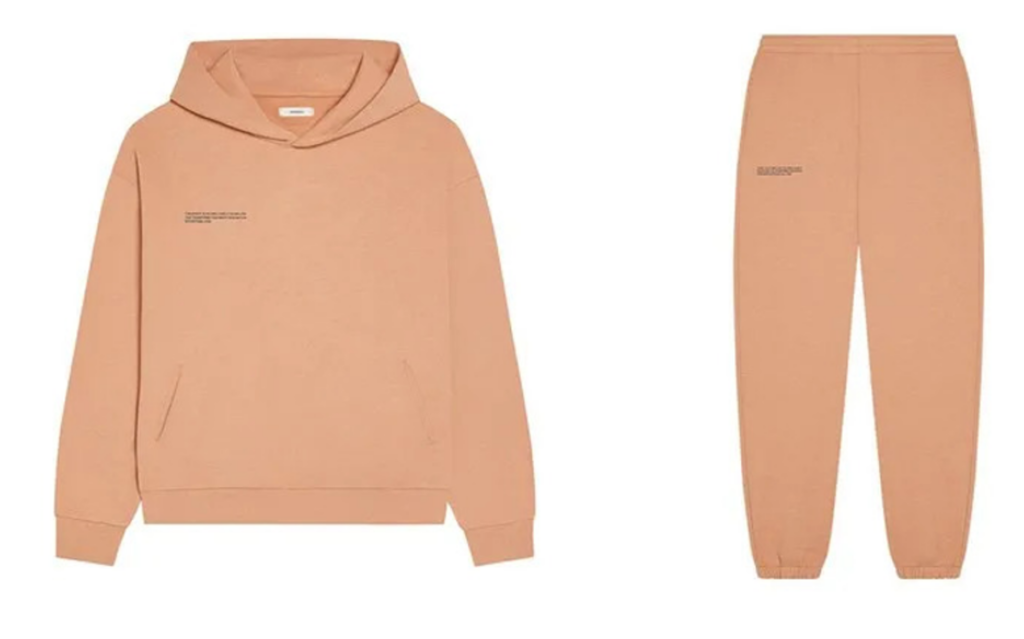
Du Toit explains that Rooibos’ vibrant amber colour is developed during the post-harvest fermentation (oxidation) process, brought about by natural enzymes in the plant.
“Dyeing with Rooibos is easy and gives textiles a rich earthy colour. Rooibos can be used to create a natural dye that produces shades of yellow, orange and red.”
Some advantages of using natural pigments and dyes are as follows:
- Produces vibrant colours.
- Natural dyes are biodegradable, non-toxic and non-allergenic.
- Relatively easy to extract the colour.
- Contain antimicrobial properties.
- Provide higher UV absorption – so by wearing clothes that are dyed naturally, will help to protect your skin better from the sun’s harmful rays.
- Produces no waste, unlike products used in the synthetic dyeing process.
Du Toit says using natural dyes will help to preserve the environment and reduce our dependence on harmful products.
“We are so proud to see Rooibos and tea waste used as sustainable ways to dye clothes. The fashion industry’s use for Rooibos, not only has great social and economic benefits for South Africa, but also helps the world to take another step forward towards sustainable living.”
